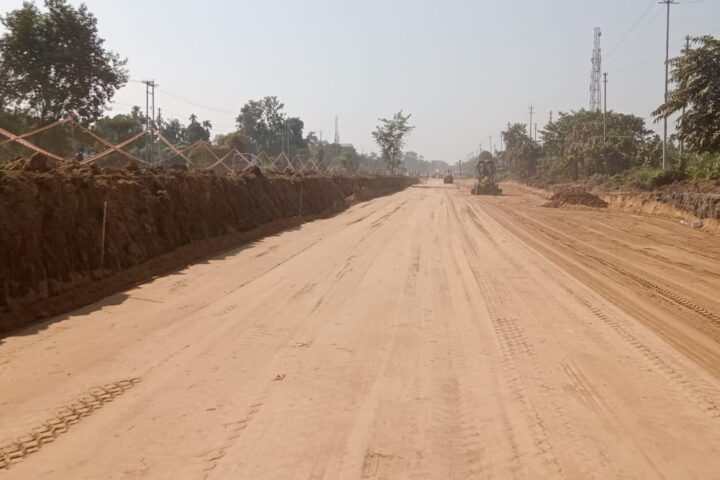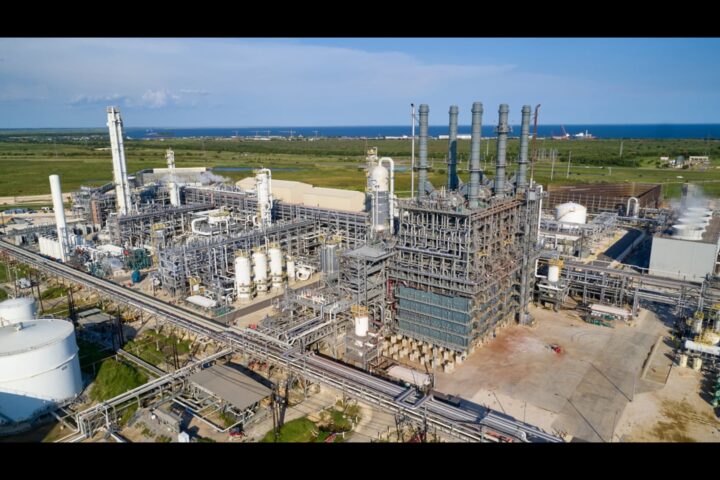by Sunil Upmanyu, President – Operations, Finolex Cables
Every day, people across the world wake up and begin their routines with the help of digital connectivity. A farmer receives real-time weather alerts on his phone, a small shopkeeper accepts payments through a QR code, a student attends an online class, and a doctor connects with a patient through a video call. We rarely pause to think about what makes this possible.
It isn’t the app or the phone alone. It is the invisible network beneath our streets and under our oceans – strands of optical fibre carrying light faster than we can imagine.
These fibres, thinner than a strand of hair, are now the backbone of our global economy. With the rise of Generative AI, cloud computing, digital transactions, and automation, livelihoods are increasingly dependent on uninterrupted connectivity. Today, a network slowdown doesn’t just affect entertainment or social media — it can halt business, delay salaries, stall hospital communication, Jammed Toll Booths, or disrupt e-learning for millions.
India offers a clear example of what strong fibre connectivity can achieve. Digital infrastructure has reached deep into rural regions, supported by long-haul transmission cables across highways and last-mile fibre networks running directly into homes. As a result, rural digital GDP has risen sharply over the last two years, empowering sectors like agriculture, fintech, education and healthcare. In 2025, India handled almost half of the world’s digital transactions – and every single one travelled across optical fibre.
The world, however, remains vulnerable. When undersea cables in the Red Sea were damaged, millions across Asia and the Middle East experienced disruptions. Offices slowed down, online classes froze, and digital payments faltered. A single cut wire disrupted an entire region. That incident proved a simple truth: connectivity is no longer a convenience – it is a basic economic requirement.
To prevent such disruptions, global cooperation is essential. Just as countries safeguard satellite communication and air routes, civil optical fibre networks also need protection. We must work toward global agreements that prevent intentional or accidental damage to these lines. Every cut cable can cost someone their income, a child their class, or a hospital its communication link.
Beyond security, resilience matters too. The optical fibre ecosystem relies on many components – long-distance trunk fibre, distribution cables inside cities, fibre-to-home lines, and connectors that maintain signal strength. A disruption in the supply of even one of these can slow down expansion or maintenance. Creating a global repository of critical components and diversified supply sources can protect nations during geopolitical or supply chain challenges.
The concerned regulatory authorities may define compliance testing requirements and recommends operational resilience test methodologies ranging from vulnerability and network security assessments to end-to-end information and communication technology (ICT) testing. Partial or delayed testing risks fines, remediation, and violation reports.
Data centres – filled with racks of GPU connected by high-speed fibre – consume enormous amounts of electricity and water for cooling. With AI adoption rising, global power demand from data centres is expected to increase by over 160% by 2030. To balance digital growth with environmental responsibility, we need uniform global standards: recycled cooling water, heat-recovery systems, efficient cabling, and advanced energy management.
And finally, awareness matters. Every video altered using AI, OTT movie streamed, every document edited with AI or stored on the cloud, and every AI query consumes energy through Data Centres. When people understand this, demand for greener digital practices will grow.
Strengthening the global optical fibre ecosystem means strengthening everyday life. A future powered by AI, digital transactions, and cloud services needs a foundation that is robust, protected, and sustainable. Building that foundation is a shared responsibility — for industry, governments, and citizens alike.




















